Readers have found my previous creator-owned economic posts interesting/informative and I thought I’d post some new data now that we’re a couple months into our ridiculous 5 month unbooted issue promotion.
In my previous post about sales I focused heavily on the dollars and cents of creator-owned sales; How much money each issue and trade has made so far based on printing, shipping and distribution costs. Those numbers are far more complex than straight-out sales numbers: How many issues we’ve sold to retailers/readers.
As you’d expect, most comics fall into an attrition sales pattern. Some series see sales improvements based on stellar reviews, creative team changes, awards, press hype or media tie-in announcements, but those aren’t the norm. Over time some readers will drop a series or decide they’re going to move on to a “trade waiting” sales pattern (buying collections rather than single issues). After launch publishers hope a series will stabilize with a collector base at a sales level where it continues to be profitable over the long haul.
As Skullkickers continued through our 3rd story arc, we’d settled into a low-but-stable sales pattern. Although we were picking up new readers through our web comic site or trades, most new readers weren’t going to jump on board buying singles 18+ issues into the series.
In the spirit of the sarcasm that permeates the Skullkickers concept, I came up with a way to try hyping things in an irreverent way, announcing new adjectives and new #1’s for our entire fourth story arc, making it clear that these would be the next issues in our series but that we were having fun with the whole “reboot” thing and that Skullkickers was worth checking out. I figured our hardcore audience would stick around no matter what but that we might be able to gather some new readers by playing with adjectives and cover designs based on mainstream superhero homages.
Here’s the checklist of names and release dates we rolled out:
FEB: The Uncanny Skullkickers #1
MAR: Savage Skullkickers #1
APR: The Mighty Skullkickers #1
MAY: The All-New Secret Skullkickers #1
JUN: Dark Skullkickers Dark #1
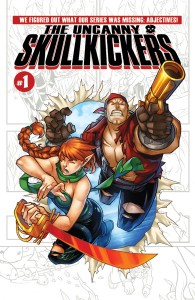
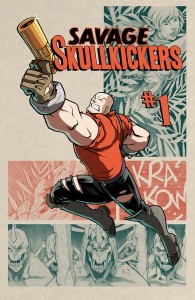
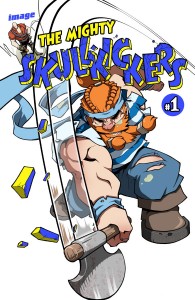
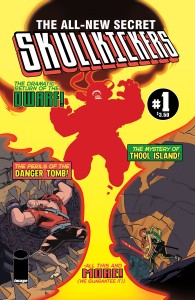
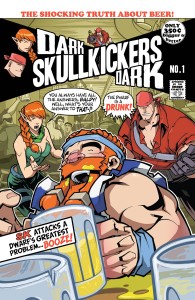
Five ‘Unbooted’ new #1’s in five months. Yes, we’re jerks.
If you click on the above you can read our press releases and see the sarcasm grow with each one as we pull out all the stops to hype the series. I have to tip my hat to Image PR person Jennifer DeGuzman and Image Publisher Eric Stephenson for letting me run with this insane thing. Image really does put control in the hands of their creators and I’m thankful for their support. Contrary to anything else you may have heard, we’re doing this for five months and then going back to normal (well, as normal as we ever get). There’s no Superior Skullkickers or Justice League of Skullkickers coming.
Now that a couple have been released, we can parse the numbers and, here are the results so far. As before, I’ve removed specific sales numbers and am just focusing on the overall visual percentages to show sales trends:
Needless to say, I was shocked at how well it’s gone over. Sales are up more than double from issue #18 to #19 (Uncanny #1) and are at their highest level since the original issue #1. We put the series back on the sales chart in a big way (for an indy title) and increased our visibility. For the first time in a long time, people beyond our hardcore readership were talking about Skullkickers.
I don’t know if sales will fall back to previous levels once our little adjective game is over, but I’m hoping we can keep some of our new readers on board if they were enticed to give the series a try. If we’re able to level out higher than we were before, I’ll consider the whole experiment a “success”.
That being said, I don’t think this is something other people can necessarily reproduce. It’s a weird and wonderful sales spike based on a very specific promotion that I feel hit the zeitgeist of Marvel/DC reboots, poking fun at a larger comic marketing trend while simultaneously benefiting from the very same thing it was mocking.
As I noted in my previous post, digital is not a huge percentage of our sales right now, but the flexibility and lack of print limits keeps our early issues selling long after they’ve gone out of print. Coupled with print sales it can help keep us rolling forward and I expect digital will become even more important in the future.
Notice also the extra bump provided by well-timed retailer-specific variants on issues #1 and 19. They’ve helped increase visibility and created beacon locations where Skullkickers sells upwards of 10 times our average numbers.
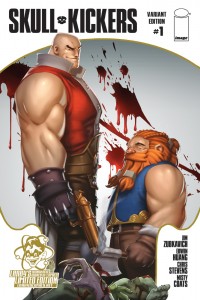

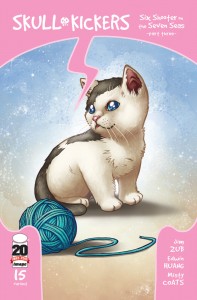
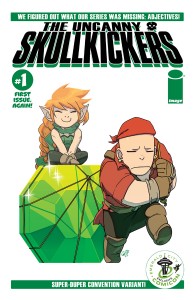
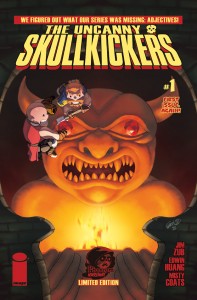
Our retailer and convention-specific variants have helped increase visibility.
All in all, a bit of luck and circus-worthy hucksterism helped stir some short term interest and sales. The reviews for this new story arc have been really strong so far and I’m proud of the mix of action and humor we’ve put together. I don’t know what the long term sales effects will be, but I hope the quality of our work keeps readers engaged and allows us to finish the big story the team and I have planned.
Also, in case it wasn’t clear, a sales spike like the above doesn’t suddenly mean we’re rolling in money. It lengthens the viable sales life of our series and keeps our head above water. We’re still on the hunt for long term profitability. A gimmick is fun and can be useful, but it’s not a replacement for stabilized reader/retailer support.
I don’t know if there’s really a teach-able moment in this post. It’s more of a general analysis of our issue-by-issue sales curve and the result of some out-of-the-box marketing. As I’ve mentioned before, I don’t think people should use my economic posts as a master plan for their own creative projects. Every series is different and all of this is a learning experience for me too. Whatever I create after Skullkickers will benefit from the things I’ve learned building and marketing this series.
If you find my tutorial blogposts helpful, feel free to let me know here (or on Twitter), share them with your friends and consider buying some of my comics to show your support.


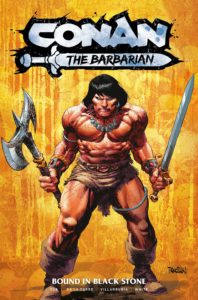


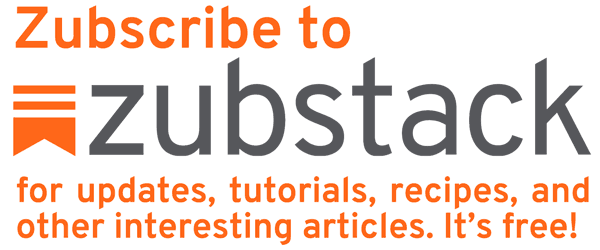
 Zub on Amazon
Zub on Amazon Zub on Instagram
Zub on Instagram Zub on Twitter
Zub on Twitter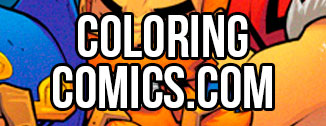
I’m one of those in a trade waiting holding pattern. How do the sales of trade paperbacks help your bottom line and are they reflected anywhere in theses sales figures?
The trade paperbacks are an outlet with a longer timeline for profitability, but they’re also the strongest viable long term sales channel once the single issues are sold out. They’re not reflected in the charts here, but they are in my original profitability sales post. I’ll try to get more data for trades and follow up with those sales figures as well.
What I take from this article is that you have to be as creative with your marketing as you are with your story telling. While we can’t copy your #1 plan exactly, successful examples of recognizing and exploiting market trends is never a bad thing.
Also, you had me since your first page. Fat Werewolf. Still makes me chuckle.
Another illuminating post, Jim. Very interesting to see how the numbering game affected your circulation.
I’m curious about how you analyzed the impact of your past sale on digital issues:
What kind of overall impact did your sale of digital Skullkickers have on your circulation? Did you see just a temporary bump or did it translate into a higher rate of monthly digital sales? Was there a bump or decline in monthly print sales after your digital issues went on sale? Did you initiate the sale or does comiXology initiate sales on books?
Just curious how that fits into the long term picture.
ComiXology doesn’t send out specific enough digital sales information for me to see how the sales have affected our overall circulation, unfortunately.
Image and comiXology initiated the sale. I was asked, but I didn’t initiate it.
“A gimmick is fun and can be useful, but it’s not a replacement for stabilized reader/retailer support.”
Can we just shout this from the rooftops?